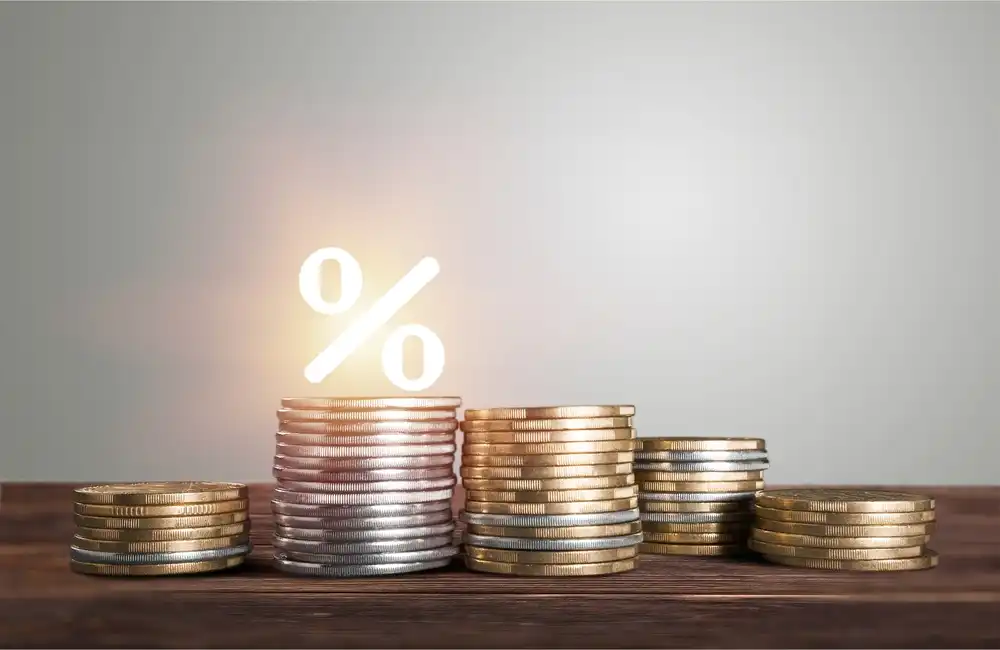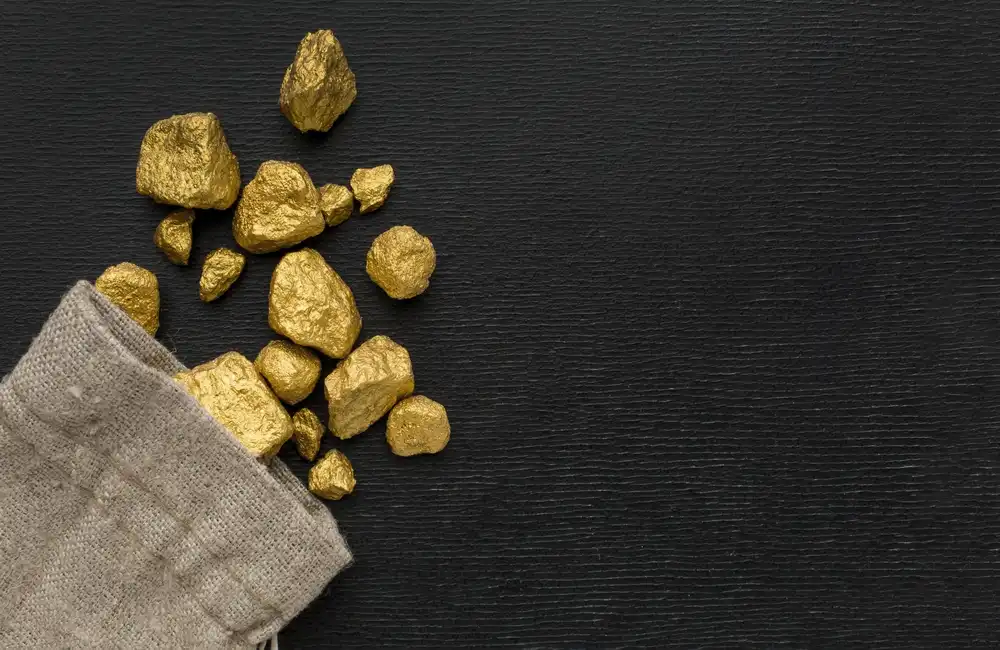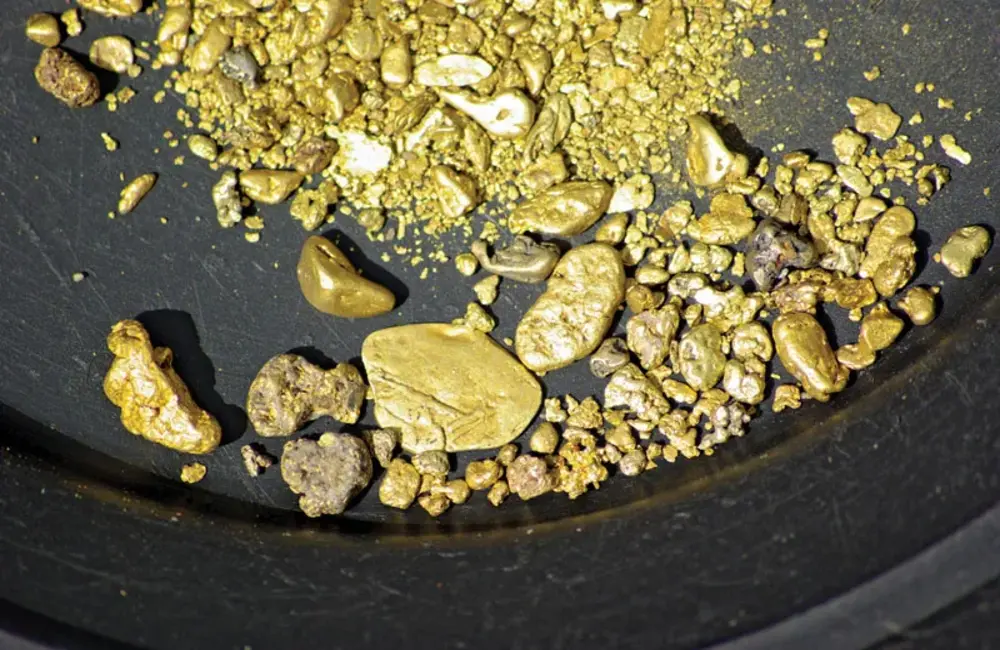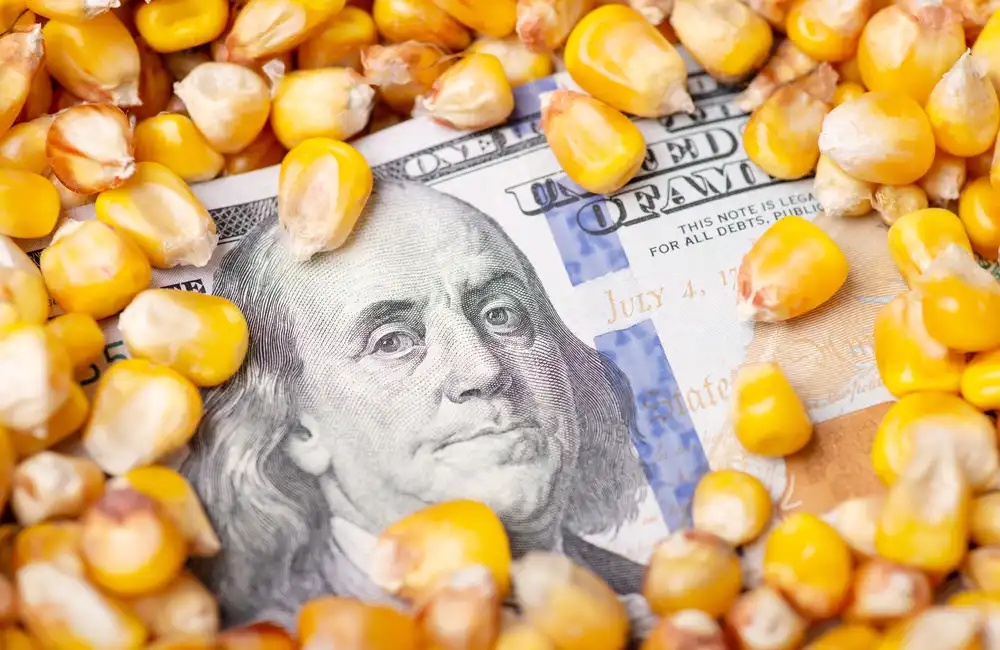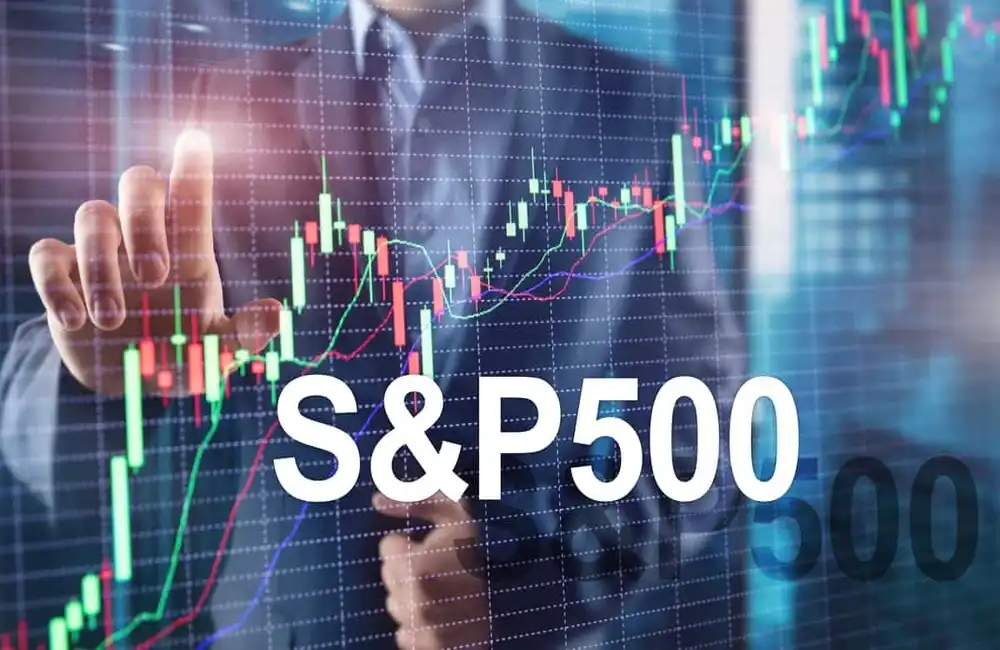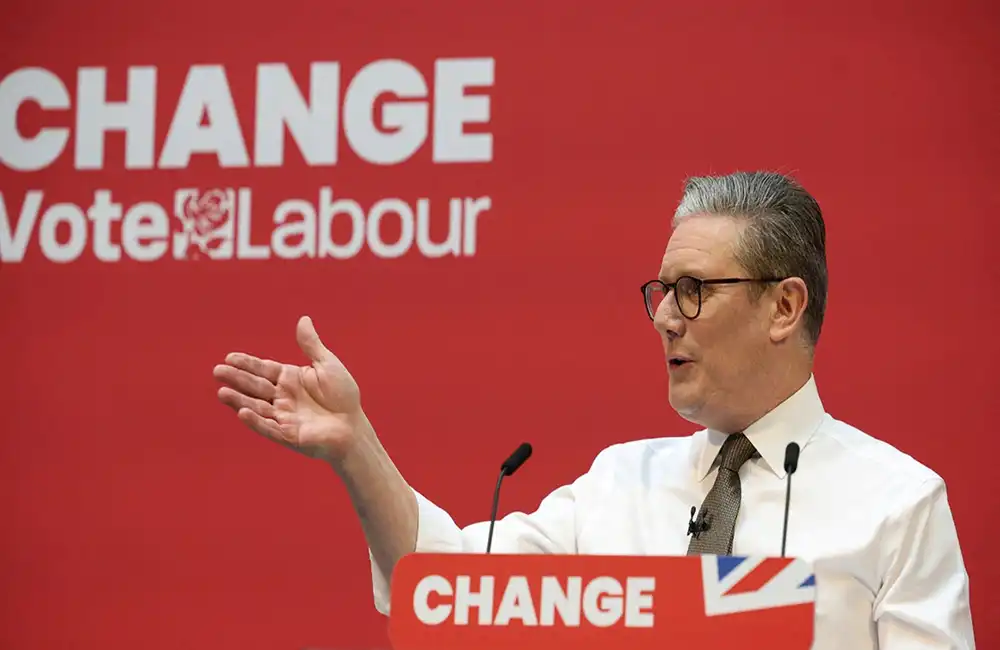Co-fund managers Robert Crayfourd and Keith Watson of Golden Prospect Precious Metals (LSE:GPM), the investment trust that invests in smaller cap gold and precious metal mining equities share their views on gold performance in 2024 and what they believe 2025 has in store.
2024: A Year of High-Stakes Events and Global Challenges
2024 was a year characterized by unfolding high-stakes events and urgent global challenges. From the specter of sustained global inflation, possible stagflation and perhaps even a recession.
US rates expectations meanwhile were also a material driver of gold price, as with easing inflationary pressures, US federal reserve rate cut expectations swelled and were key to gold breaking through its $2,000/oz resistance level in March 2024, before rallying quickly to $2,390/oz. This is supported further by the slow-down in China’s economy, partly due to their ongoing property crisis.
Physical gold exchange-traded fund (ETF) buyers returned to net positive territory in June, while central bank demand has found strength in Russia's continuing invasion of Ukraine and the ensuing weaponisation of the US dollar. This takes gold to several new all-time highs, hitting $2,787/oz by the end of October 2024.
On 5th November Donald Trump was voted as the next president of the United States and temporarily halted the momentum in gold, which was read as necessarily more inflationary policies, and rang down expectations of rate cuts – in the end, they found that to outweigh the immediate impacts of increased geopolitical tension on the price of gold.
The year was sadly a time of geopolitical unrest and global tensions and conflicts that wore on, not sure how these will directly impact the gold price. Geopolitical uncertainty that drives central bank demand, inflation, and rate expectations is a much more important driver of the gold price.
Heading into the New Year
Heading into the new year, gold left the previous one on a high note, brushing against record highs, with spot prices advancing an incredible 27.2% between January 1st, 2023 ($2051.4/oz) and December 31st, 2023 ($2609.1/oz).
The Impact of the People Bank of Two Kingdoms
There were other drivers of this price besides wars and the macroeconomic backdrop, which led to the decoupling of the conventional interest rate and gold spot price relationship. Demand from central banks stayed very strong throughout the year, particularly from the People’s Bank of China (PBOC), which wanted to diversify away from US treasuries and US economic hegemony, and who so had been stocking up on gold.
We also noted that “people’s central bank” (not to be confused with PBOC) exchange traded funds (ETFs) also turned from net sellers to net buyers of the gold metal which helped to support the price and served as a signal from investors that they wanted the metal in their portfolios.
Forecasting Gold and the Miners Going Forward
Looking out to 2025, we believe the high gold spot price is sticky, with potential upside stemming from likely geopolitical uncertainty under a Donald Trump presidency. For the miners, we are already showing very favourable gold prices, which should ultimately assure continued rich free cash flows. The intent is to generate better share price performance, buybacks and dividends, and more M&A.
The gold mining space has underperformed the gold spot price year to date 2024 (the Golden Prospect Precious Metals NAV growth of 20.20% was versus a gold price increase of 27.0% in sterling), in part due to market fears that cost inflation pressures may impact margins. Producer cost pressures seem to be abating with inputs lower for fuel, labour, and steel, so these margins should be more sustainable, unlike the post-COVID-19 period.


